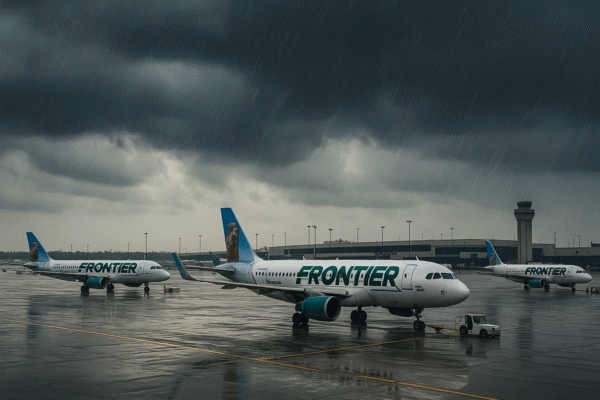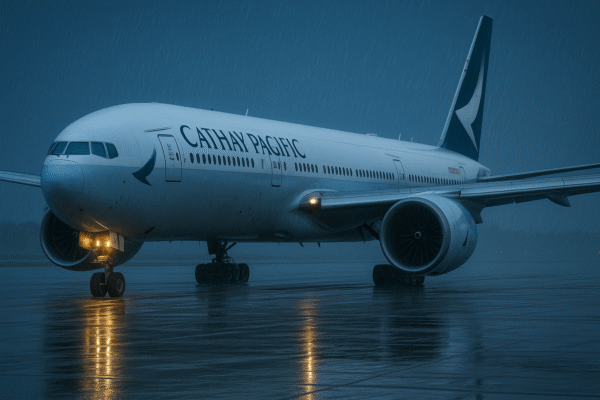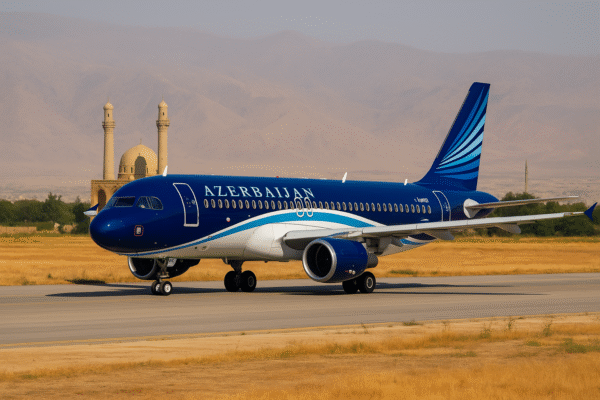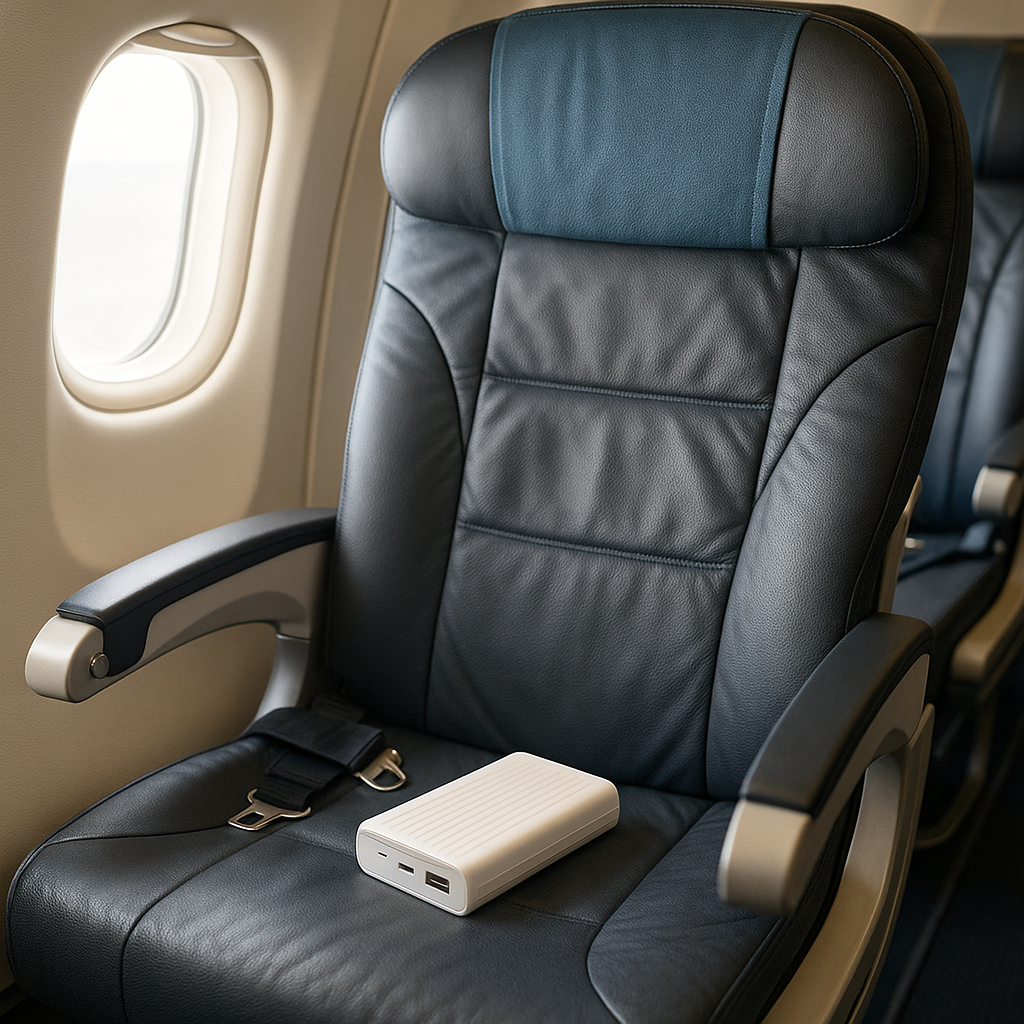In response to a growing number of onboard fire incidents caused by lithium-ion batteries, Asia-Pacific airlines across the Asia-Pacific region—led by South Korea—have introduced enhanced safety regulations regarding portable power banks and other battery-powered devices.
The catalyst for these regulatory changes stems from a January 2025 incident in South Korea, where an Air Busan aircraft suffered catastrophic damage on the ground due to a suspected power bank fire. Though no passengers were harmed, the blaze prompted national aviation authorities and airlines worldwide to re-examine battery safety protocols.
Why the Rules Are Changing
Lithium-ion batteries, commonly used in portable chargers, smartphones, laptops, and e-cigarettes, pose a fire risk when damaged, overcharged, or overheated. These batteries can enter a “thermal runaway” process, resulting in combustion or explosion.
Previously, global aviation authorities mandated that such batteries be carried only in cabin baggage—not checked luggage. However, with incidents rising—84 battery-related fire incidents reported in U.S. air travel alone in 2024—airlines are taking more proactive measures to mitigate potential dangers mid-flight.
New Airline Rules by Region
South Korea
As the most affected region, South Korea has quickly implemented new mandates. All portable chargers must now be stored within arm’s reach of the passenger during flight. Storing these devices in overhead bins is no longer permitted, ensuring rapid crew access in case of malfunction.
Taiwan and China
Taiwanese carriers like EVA Air and China Airlines have banned the use and charging of power banks during flights. Devices must be switched off and stored safely but not used mid-air.
In mainland China, airlines are also refusing unmarked power banks or any devices flagged in safety recalls. China’s Civil Aviation Administration has emphasized stricter inspections and passenger screening to prevent onboard hazards.
Southeast Asia and Hong Kong
Singapore Airlines, Thai Airways, and Malaysia Airlines have adopted a unified approach—prohibiting in-flight charging of power banks and e-cigarettes. Cathay Pacific has followed suit, mandating passengers not to use or charge lithium-based devices during flight.
Japan
As of June 2025, Japanese carriers including All Nippon Airways (ANA) and Japan Airlines have banned passengers from placing portable batteries in overhead compartments, citing rapid containment needs in emergencies.
United States and Europe
Southwest Airlines became the first major U.S. carrier to announce a similar policy—prohibiting charging devices from overhead-stored power banks. European budget airline Ryanair now asks passengers to remove lithium-ion batteries before storing carry-ons overhead.
These coordinated actions are part of a larger global strategy to curb in-cabin fire risks while improving response times in emergencies.
What Makes Lithium-Ion Batteries Risky?
According to Prof. Neeraj Sharma, a battery expert at the University of New South Wales, lithium-ion batteries can become unstable if damaged, poorly manufactured, or overcharged. “Thermal runaway is dangerous in a confined space like an aircraft cabin,” he explained.
The risk is particularly heightened in devices bought from unverified sources, or when passengers carry counterfeit or damaged power banks. Such units often lack thermal protections and may contain faulty cells that ignite without warning.
How Airlines Handle Battery Fires In-Flight
Modern aircraft are equipped with fire containment equipment, including thermal-resistant containment bags and fire-retardant blankets. Flight attendants are trained to respond to overheating devices by isolating and cooling them quickly using water or fire extinguishers.
Fortunately, most battery fires are quickly managed and do not escalate into major emergencies. However, as flights grow longer and more passengers carry multiple electronic devices, the risk curve increases—prompting airlines to revise their safety playbooks.
Passenger Tips for Safe Travel with Batteries
To avoid delays or disruptions, travelers are encouraged to:
- Keep all battery-powered devices within reach during the flight.
- Avoid using power banks onboard unless expressly permitted by the airline.
- Check watt-hour ratings on devices before flying. Most airlines limit batteries over 100Wh.
- Buy electronics from verified retailers to ensure compliance with international safety standards.
- Never pack lithium-ion batteries in checked luggage.
Airlines recommend carrying only the number of batteries necessary for the journey, storing spares in original packaging or protective cases, and notifying crew immediately if a device feels unusually hot or begins to smoke.
A Regional Push for Global Standards
Although different airlines and regions implement policies at varied speeds, the trend points toward a globally harmonized safety framework. As the International Civil Aviation Organization (ICAO) and national regulators continue reviewing battery safety data, more airlines are expected to adopt similar or stricter regulations in the coming year.
The aviation industry has made major strides in improving aircraft safety, but evolving travel habits and increased reliance on personal electronics require continuous vigilance.
Conclusion: Safety Over Convenience
The growing consensus across Asia-Pacific and beyond is clear: the safety risks posed by lithium-ion batteries, especially power banks, require firm regulation. South Korea’s swift response, backed by airlines across Taiwan, China, Japan, and Southeast Asia, reflects a united commitment to passenger safety.
While passengers may face minor inconveniences in storing and using electronic devices mid-flight, these adjustments ensure a safer journey for all onboard. As air travel rebounds globally, understanding and adhering to updated safety regulations is key to a secure and seamless flight experience.
For more travel news like this, keep reading Global Travel Wire















